Staying Fit

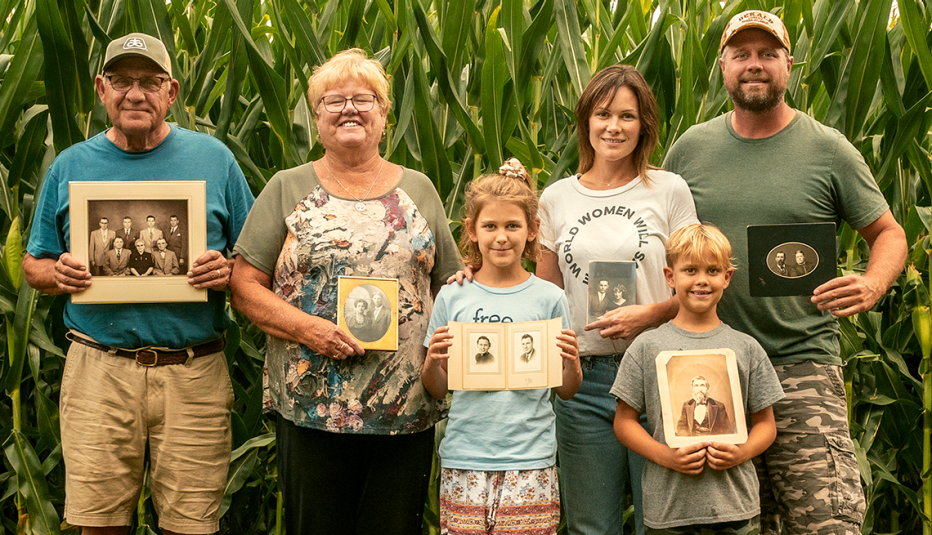
In some families, what’s passed down isn’t just trinkets or stories or money — it’s a way of life.
On farms, it’s often generations of family members who till the soil, raise animals or take to the water. It’s a tradition that binds people young and old to places and enterprises, and to ways of life that are becoming rarer and rarer as farm life is squeezed out by modern ways. AARP took a look at four family farms where parents, children and even grandchildren have worked together.


AARP Membership— $12 for your first year when you sign up for Automatic Renewal
Get instant access to members-only products and hundreds of discounts, a free second membership, and a subscription to AARP the Magazine.
Corn and more: Vetter Heritage Farms
Aurora, Nebraska
The Vetter farm dates back to the late 19th century, when pioneers streamed into Nebraska’s Hamilton County.


By 1908, Stephen Vetter’s grandfather was successfully farming. Eventually, Steve’s dad was, too. Steve, now 74, moved to Lincoln, became a pharmacist and married Doris, 73, a high school English teacher. But by 1980, farming had lured him back. In 2011, he retired; his son Curran stepped in to run the 900-acre operation.





























































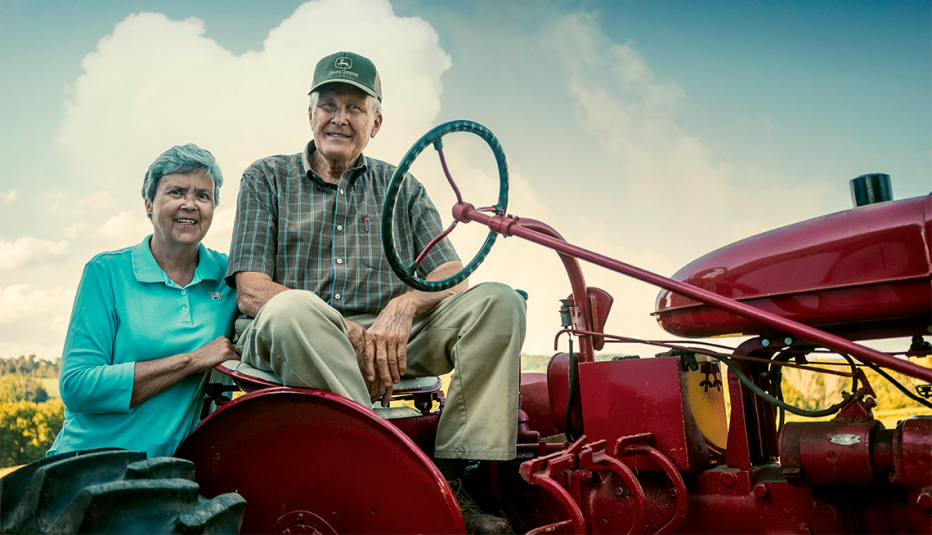

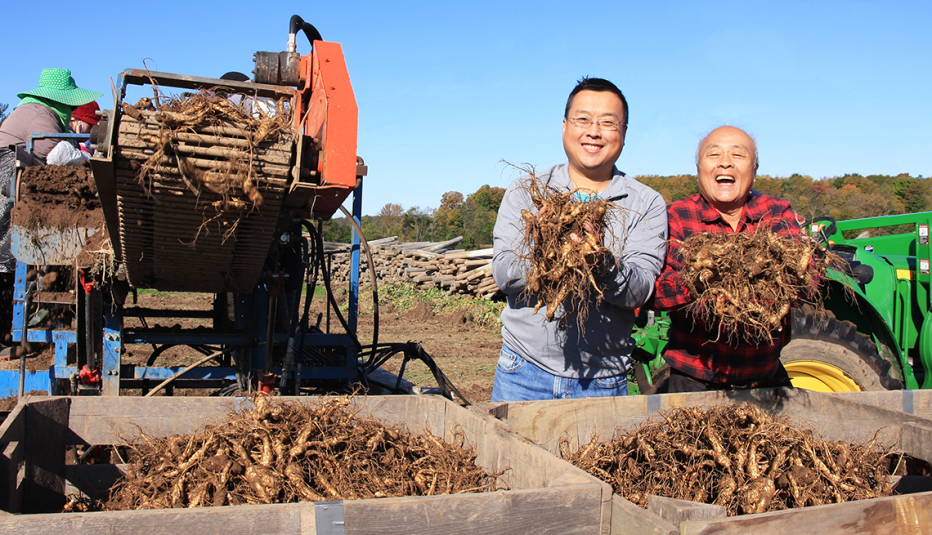
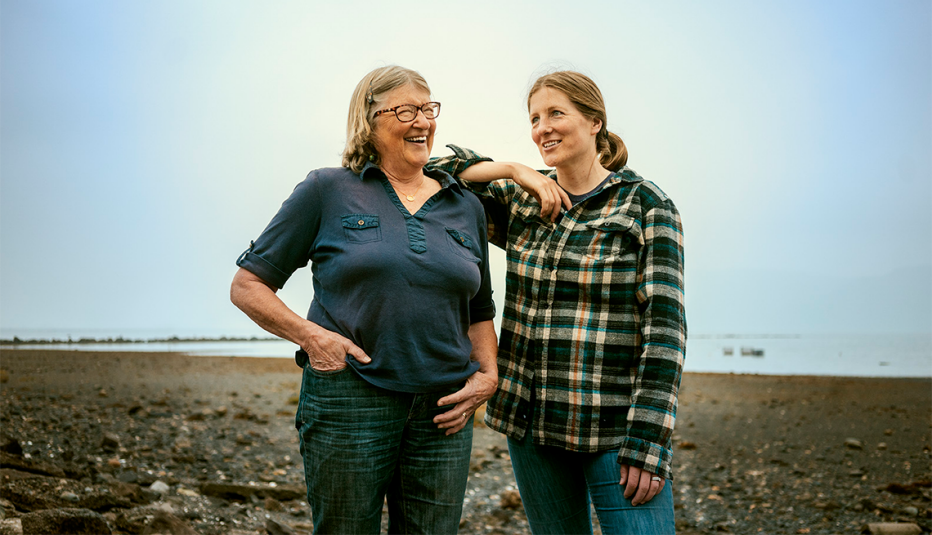
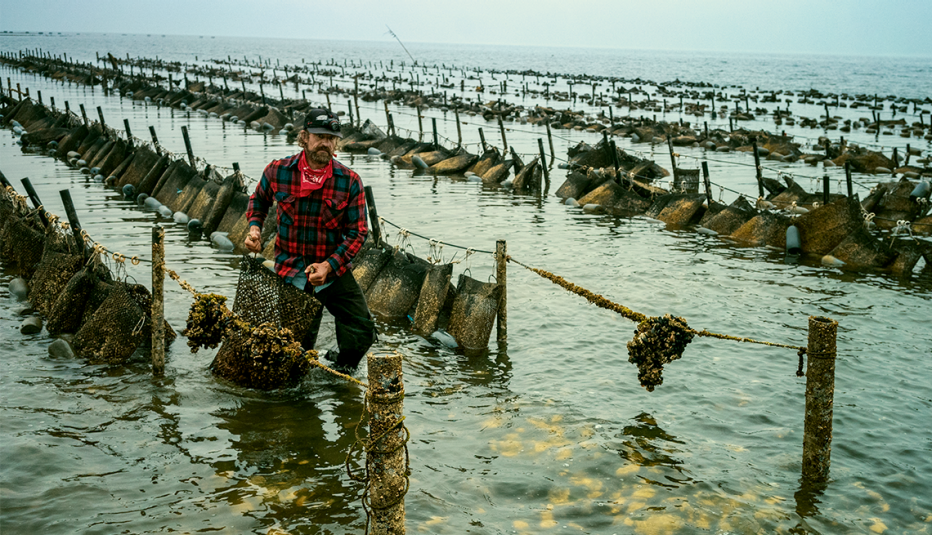




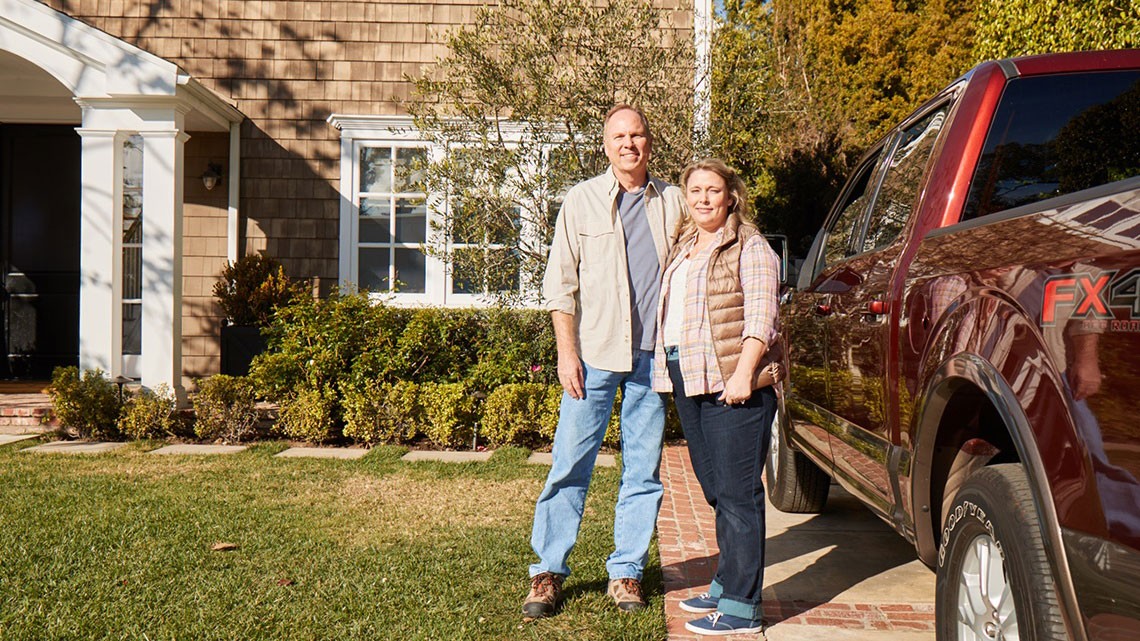

More From AARP
Former Entrepreneur Turns Vacant Lots Into Urban Farms
Tony Hillery grows healthy food for kids in a life-changing endeavor
Gardening Can Be Within Everyone’s Reach
Smart designs, adaptive tools and a sensible, safety-oriented routine can compensate for age and disabilities
10 Fun Farmers Markets for Travelers
Find local flavor and tasty souveniers at destinations around the U.S.